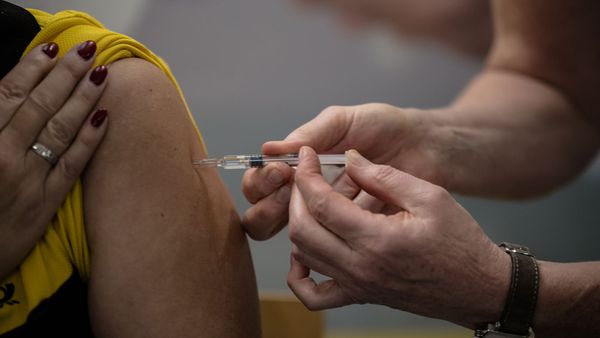Eradicating a disease is difficult, to say the least. It’s so complicated, in fact, that it's only been accomplished once, with smallpox. Smallpox was wiped from the face of the Earth in 1977, proving that, though extremely difficult, reducing the incidence of a disease to zero is possible.
Better yet, we're on the verge of success No. 2. Guinea worm disease, also known as dracunculiasis, is contracted from drinking stagnant water containing a tiny water flea infected with the larvae of the Guinea worm. These larvae mate inside a person's stomach, producing female worms that can grow upwards of 3-feet (.91 meters) long. After a year, the worm begins tunneling its way out through the person's skin -- an agonizing and traumatic process. To reduce the discomfort, people frequently submerge themselves in a nearby river or other water source, which causes the worm to release its larvae into the water. The cycle begins again.
Advertisement
In 1986, approximately 3.5 million people in Africa and Asia were infected with the disease. In 2009, the number of cases had reduced to just 3,000. In other words, the problem of Guinea worm disease is almost solved, and millions of lives are healthier and happier for it.
But how does one know if a disease like Guinea worm can be eradicated? Read on to find out.
Advertisement


